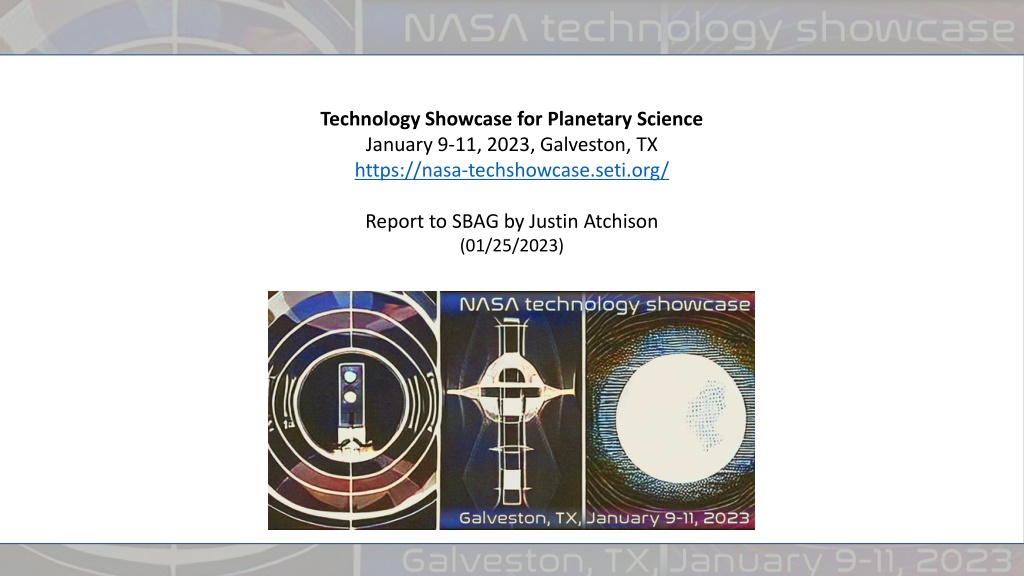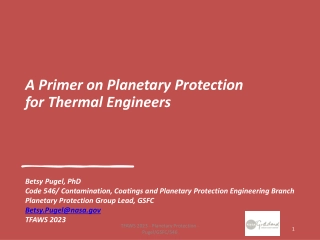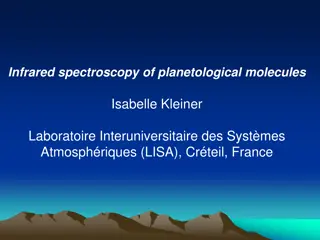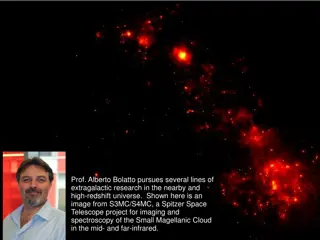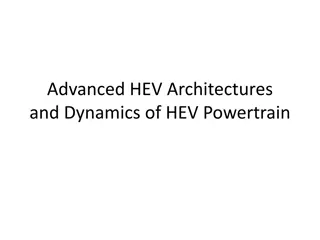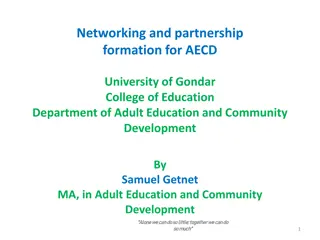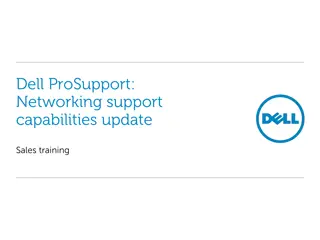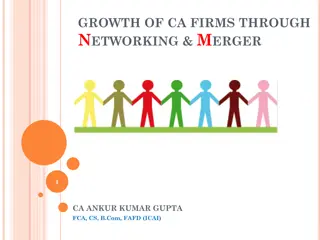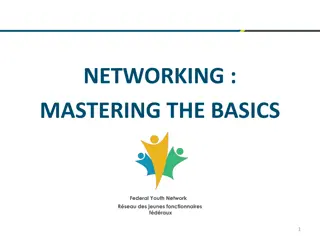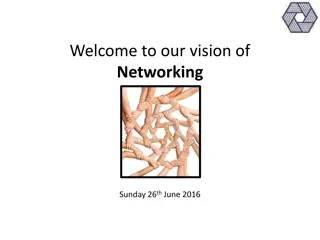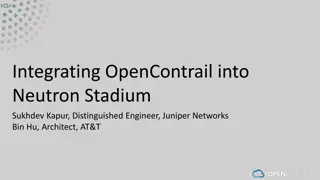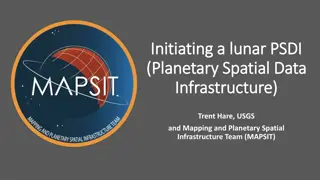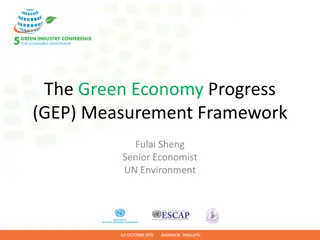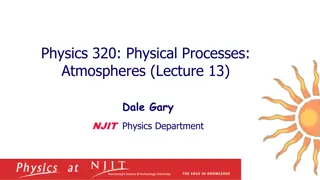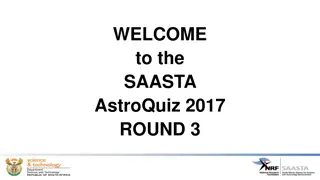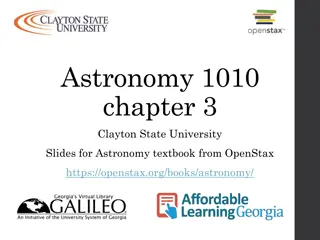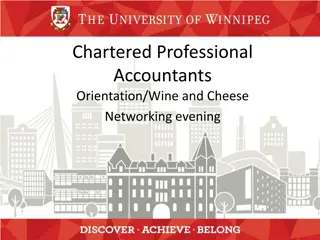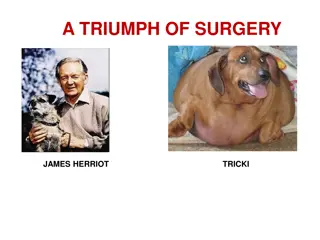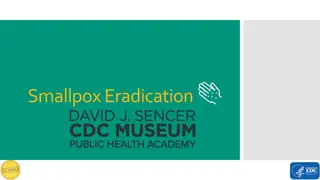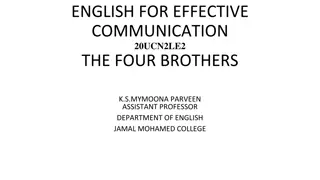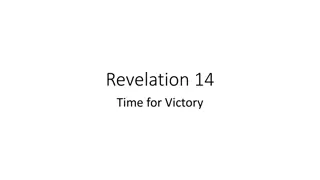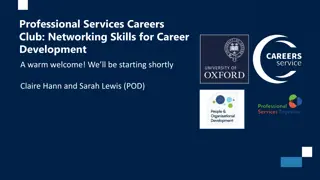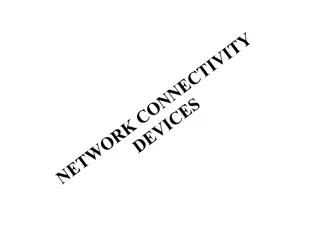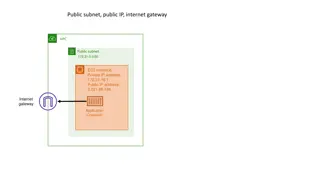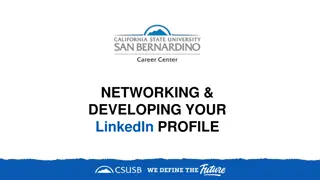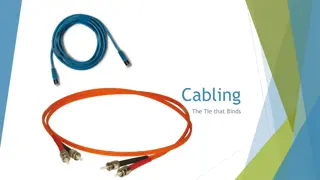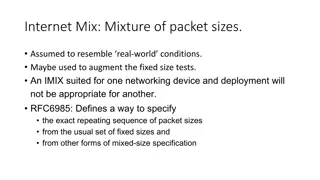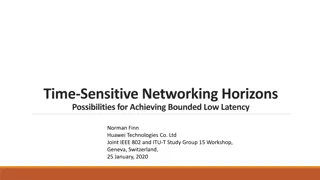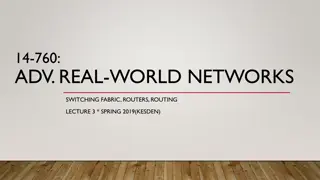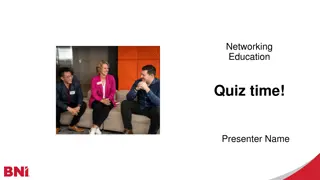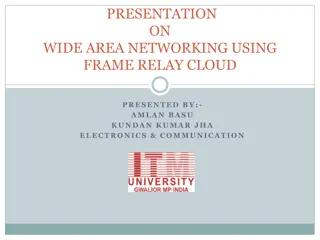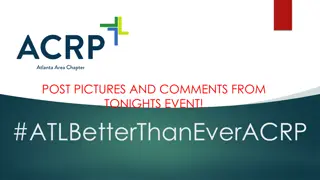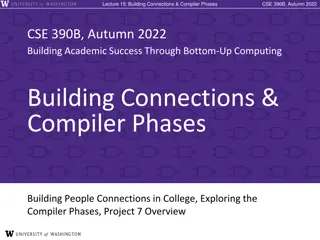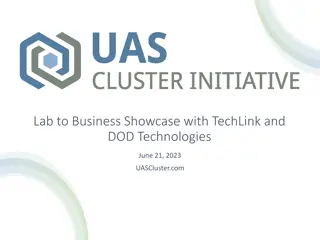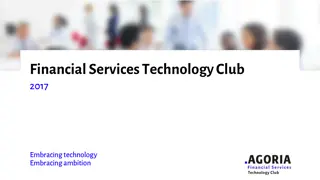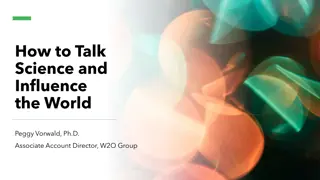Successful Technology Showcase for Planetary Science - A Networking Triumph
Attendees of the Technology Showcase for Planetary Science, held in Galveston, TX, praised the event for fostering connections between technologists and mission planners. Organized by Carolyn Mercer and Doris Daou, this innovative gathering aimed to enhance future mission science returns through collaboration and networking. Participants lauded the unique format, which facilitated valuable interactions and sparked numerous ideas for mission design and technology integration. Notable technology companies and institutions showcased their capabilities, with NASA and various universities contributing to the event's success. The showcase was a resounding success, with attendees expressing enthusiasm for the meaningful connections made and the potential for groundbreaking advancements in planetary science.
Download Presentation

Please find below an Image/Link to download the presentation.
The content on the website is provided AS IS for your information and personal use only. It may not be sold, licensed, or shared on other websites without obtaining consent from the author. Download presentation by click this link. If you encounter any issues during the download, it is possible that the publisher has removed the file from their server.
E N D
Presentation Transcript
Technology Showcase for Planetary Science January 9-11, 2023, Galveston, TX https://nasa-techshowcase.seti.org/ Report to SBAG by Justin Atchison (01/25/2023) EPAG)
The Premise Carolyn Mercer and Doris Daou conceived an event to foster discussions between technologists and mission planners: --to encourage the use of innovative new technologies, --to dramatically increase science returns on future missions. Focus on missions expected to be proposed to future planetary science solicitations. EPAG) Each mission planner / scientist submitted a short abstract describing their mission concept. Each technologist identified the missions that their technology was relevant to. The conference coordinators paired them up and created spaces for discussion. Networking was the primary objective. Scientists provided posters. Technologists had booths, and some gave lightning talks. Speakers and panels gave historic context and practical advice. This was the first time this has been attempted.
Attendees to the Technology Showcase considered it a success! Tremendous enthusiasm by those who found a new connection Many people made specific connections with either people considering missions that may benefit from their technology or technologies that may help their mission. We made a lot of connections with potential companies that could help us solve problems with mission design, architecture, etc. This was maybe the most useful event I ve attended as a scientist/technologist/mission formulator. Many people really liked the networking opportunity EPAG) Creating an environment which promotes interactions with multiple science investigations was extremely valuable. I had a LOT of valuable conversations with people I had not met before with really interesting ideas and tech. Networking!!! Integration between science and engineering has been amazing. The format was appreciated The format is very conducive to discovering new technologies, more so than a traditional conference. Lunch lightning talk booth posters are a great one-stop-shop idea!
Northrop Grumman NovaWurks Orbit Fab Qualcomm Technologies, Inc. Samara Aerospace Southwest Research Institute (SwRI) Space Exploration Engineering, LLC (SEE) Spaceline Technologies Inc. SRI International Zeno Power Aerojet Rocketdyne Analytical Mechanics Associates, Inc. Ascending Node Technologies, LLC Astrobotic Technology, Inc. Astrolab Ball Aerospace Busek Co. Inc. CU Aerospace Emergent Space Technologies FreeFall Aerospace, Inc Frontier Aerospace Honeybee Robotics Impossible Sensing LLC JHU Applied Physics Laboratory K2 Space Corporation Kayhan Space Corp KinetX Lockheed Martin Space MDA MIT Lincoln Laboratory Motiv Space Systems Nanohmics Inc. Northrop Grumman 113 Technologies Showcased Science Instruments Sample acquisition Sample handling Nav and Comm Avionics and Computers Robotics Propulsion Power and Energy Storage Structures and Materials Mission analysis tools Design tools EPAG) NASA Ames, Glenn, Goddard, Johnson, Langley, Marshall, JPL Cornell University Iowa State University UC Berkeley Ultra Safe Nuclear Corporation University at Buffalo - The State University of New York University of Arizona Lunar and Planetary Laboratory University of Iowa University of Miami University of Twente University of Utah
# Techs 13 24 14 Mission Abstract GRAIL AT MERCURY: Coherent Laser Tracking For Geophysics Mercury Lander Mission Concept Study Mercury Scout 0 Cupid's Boomerang SAEVe: Seismic and Atmospheric E1ploration of Venus V-BOSS: Venus Bridge Orbiter and Surface System Venus in Situ Cloud Explorer Venus In Situ Explorer (VISE) VISTA 15 20 6 14 5 51 Science Mission Abstracts Submitted At Least 6 Related to SBAG: ASTROLAB: A South Pole-Aitken Basin Sample Return Mission Using Commercial Rovers and Landers Endurance A LUNAPIX & MAPX: Particle Induced X-Ray Emission/X-Ray Fluorescence Instruments for Lunar and Planetary Science Lunar Surface Geodesy: Local Geodetic Networks for a Tectonically Active Moon 44 39 9 SBAG-Related Science Mission Abstract Submitted to Showcase # Technologies Identified as Relevant to Mission Poster Presented at Showcase? People present at Showcase to represent mission concept 10 METRIC: Mineralogical, Elemental and Tomographic Reconnaissance Investigation for CLPS PORIS, An Astronaut-Borne Portable infrared Imaging Spectrometer For Rapid Assessment and Downselect of Potential Rock and Soil Samples. 19 7 ROCKSTAR: A Thermal Infrared Hyperspectral Imager for Meter Scale Data Collection From Orbit selenITA The Lunar Geophysical Network Mission 16 14 21 Centaur orbiter and lander (CORAL) M. Amato 34 Yes Mike Amato, Abzu: A Mission to Uncover the Origin of Ancient Organics on Mars in situ. 16 An Incoherent Scatter Radar Mission to Mars (ISRMM) Collecting In Situ Observations of Meteorological and Aeolin Processes on Mars 12 15 10 16 14 29 34 Gangotri Key Technology Needs Identified from KISS Report Mars High Resolution Imager (MHRI) Mars Icebreaker Mars Life Explorer Mars Polar LAnder and ClimatE Record Network (Mars PLACER Net or MPN) Ceres Sample Return J. Castillo-Rogez 29 Yes Julie Castillo-Rogez EPAG) 16 24 Yes Mike Amato Comet surface sample return (CSSR) (text from the Decadal) 17 14 Mars Stationary Orbiter (MSO) Mars Weather/Comm Infrastructure Monitoring Areostationary Constellation for Atmosphere and Weather in Space (MACAWS) Smallsat Spectrometers TH2OR Electromagnetic Sounding For Subsurface Brines On Mars 13 11 13 Halley 2061 Missions J. Horsewood 19 No Justin Atchison 30 49 Enceladus multiple flyby (EMF) Enceladus Orbilander Interstellar Object Interceptor Missions: Opportunities and Challenges 19 Jupiter System Observatory at Sun-Jupiter Lagrangian Point One New Frontiers Titan Orbiter Optical Sensor for ISRU Minerals (OSIM) Prometheus: A New Frontiers mission concept to Jupiter s moon Io 20 21 12 Tech Gaps for Rapid Response Missions B. Donitz 20 Yes Julie Castillo-Rogez, Paul Abell 20 21 17 14 Rideshare4OuterPlanets Saturn Probe Shadow Chaser Small Next-Generation Atmospheric Probe (SNAP) For Ice Giant Missions CORSAIR L. Nittler 13 No Justin Atchison 15 28 22 30 Titan Orbiter Triton Ocean World Surveyor Uranus Orbiter and Probe (UOP) VIPRE: A Tool For Visualization Of The Impact Of Probe Entry Conditions 4 Centaur orbiter and lander (CORAL) Ceres Sample Return Comet surface sample return (CSSR) Halley 2061 Missions Tech Gaps for Rapid Response Missions CORSAIR 34 29 24 19 10 13 What could we have done to encourage more science participation?
Science Organizing Committee Carolyn Mercer, NASA Science Mission Directorate Deputy Chief Technologist (SOC Chair) Doris Daou, NASA Astrophysics Division Program Scientist (SOC Deputy Chair) Simon Steel, SETI Institute Deputy Director of the Carl Sagan Center for Research Florence Tan, NASA Science Mission Directorate Deputy Chief Technologist Len Dudzinski, NASA Planetary Science Division Chief Technologist Alvin Robles, Booz Allen Hamilton Associate EPAG) Harry Partridge, NASA Ames Chief Technologist Peter Hughes, NASA Goddard Chief Technologist Charles Norton, NASA JPL Deputy Chief Technologist Tibor Balint, Outer Planets Assessment Group Technology Lead (OPAG) Jose Hurtado, Lunar Exploration Advisory Group Technology Lead (LEAG) Justin Atchison, Small Bodies Assessment Group Technology Lead (SBAG) Jeff Balcerski, Venus Exploration Assessment Group Technology Lead (VExAG) Stephen Parman, Mercury Exploration Assessment Group Technology Lead (MExAG) Munir Humayun, Extraterrestrial Materials Analysis Group Technology Lead (ExMAG) Scott Hubbard, Mars Exploration Program Assessment Group Technology Lead (MEPAG)(M
Notable Discussion Topics New technology versus new engineering developments Importance of the technology improving the science of a mission How do we find out what the scientists care about? What are the AGs? What is the Decadal? How do we square NASA s desire for innovation with the common NASA experience that failure is not an option . EPAG) There s recent (2020) Technology Readiness Level Best Practices guidance that is more concrete than previous years. (Not everyone agreed with its conclusions.)
Thanks! Will we do it again? EPAG) https://nasa-techshowcase.seti.org/
Monday 5:00 6:30 Opening Welcome and introductions Tuesday 9:00 9:10 Welcome/Logistics Wednesday 9:00 9:45 Technology Readiness Assessments using NASA s Best Practices Guide Patricia Beauchamp, JPL Margaret Frerking, 9:15 12:15 Networking with concurrent Lightning Talks Innovation for Planetary Science Lori Glaze, Director, NASA Planetary Science Division 12:15 12:30 Group Photo 9:45 11:00 NASA s Lunar Programs Overview of CLPS, PRISM, and DALI lunar programs Brad Bailey, ESSIO Summary of the Survive the Night Workshop Jay Jenkins, ESSIO Panel on Innovative Technology on Competed Science Missions Scott Hubbard (Moderator) Zibi Turtle, Dragonfly 12:30 1:30 Lunch with Panel Discussion Technology for Planetary Science Florence Tan and Charles Norton (Moderators) Curt Niebur, PSD Ralph Lorenz, Dragonfly Elena Adams, DART Andrew E. Johnson, TRN EPAG) Julie Rogez-Castillo, Dawn Mike Sekerak, DAVINCI 7:00 9:00 Happy hour and opening reception 11:00 12:00 Evolution of the Commercial Lunar Payload Systems program Amy Fagan, LEAG (Moderator) Bethany Ehlmann, Caltech Brad Bailey, ESSIO Kerri Donaldson-Hanna, University of Central Florida Hunter Williams, Honeybee Robotics 1:30 6:00 Networking with concurrent Lightning Talks Dinner on your own Downtown Galveston options available at the registration desk 12:30 1:30 Lunch 2:00 6:00 Hall Breakdown/Move-out
